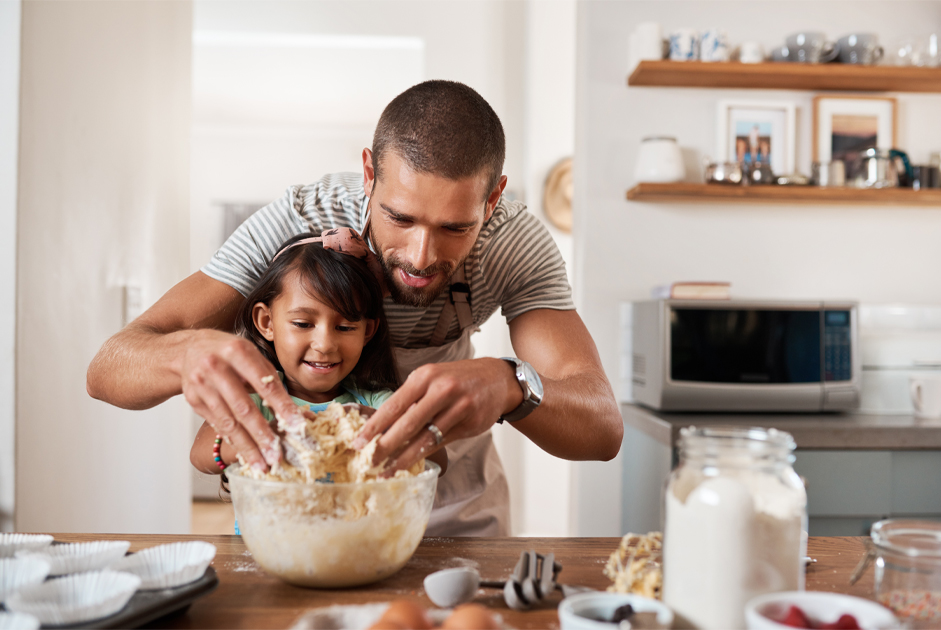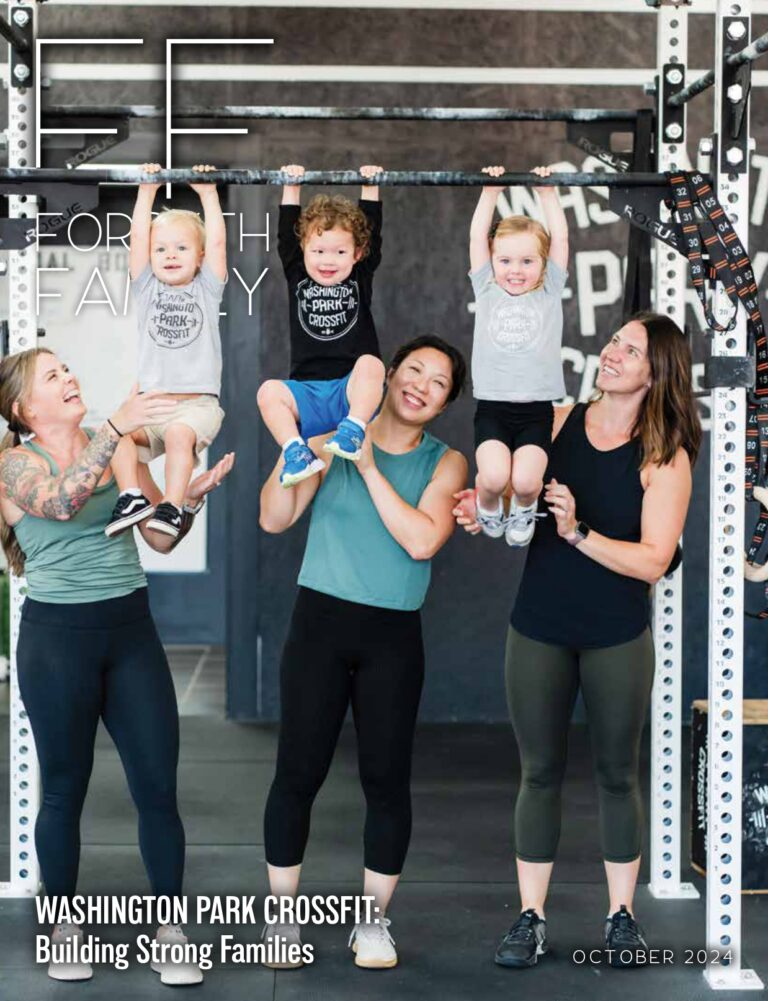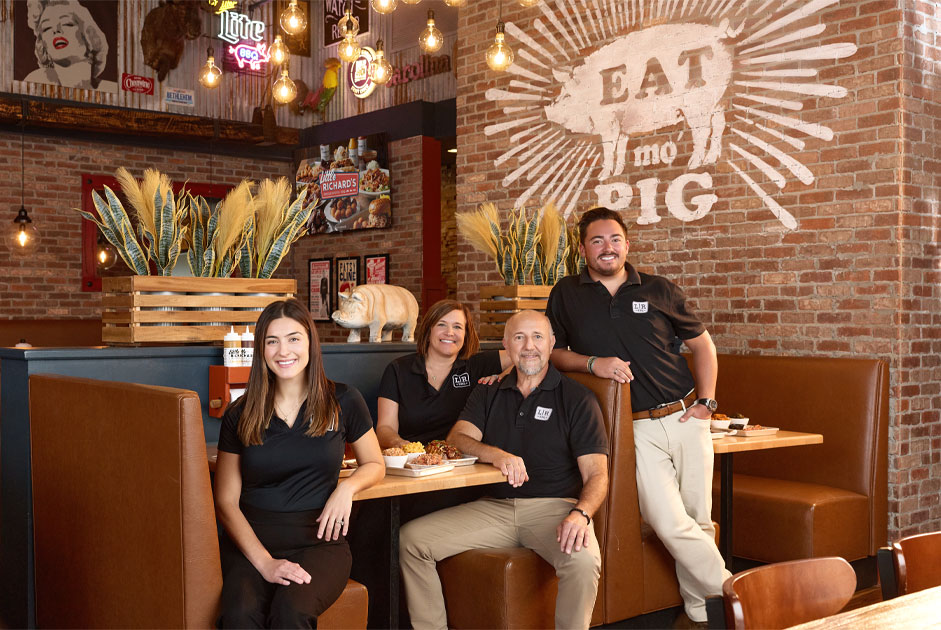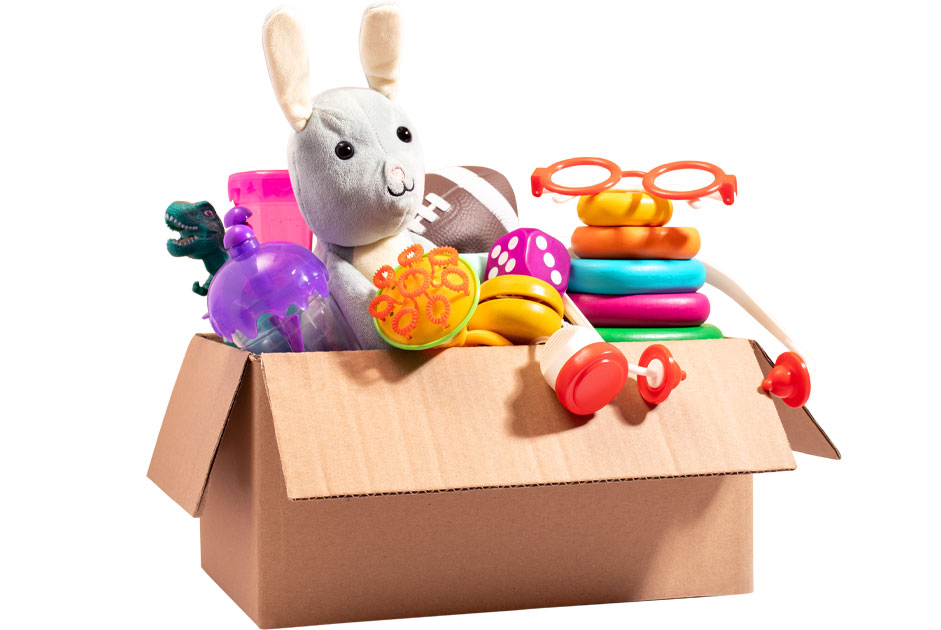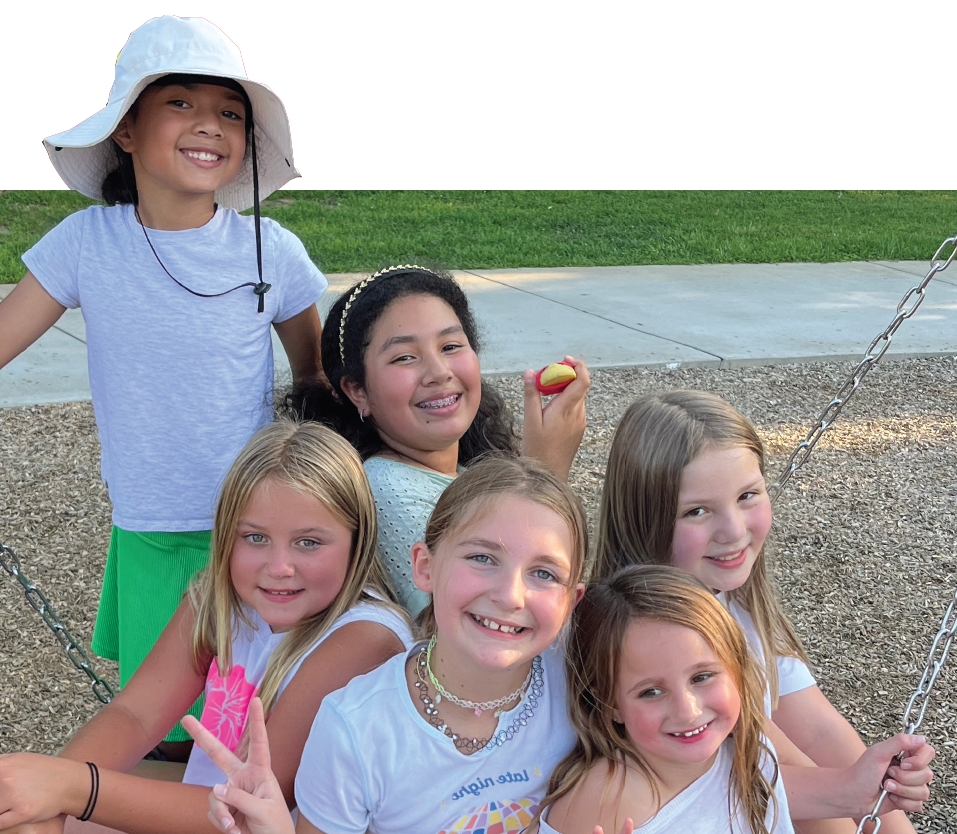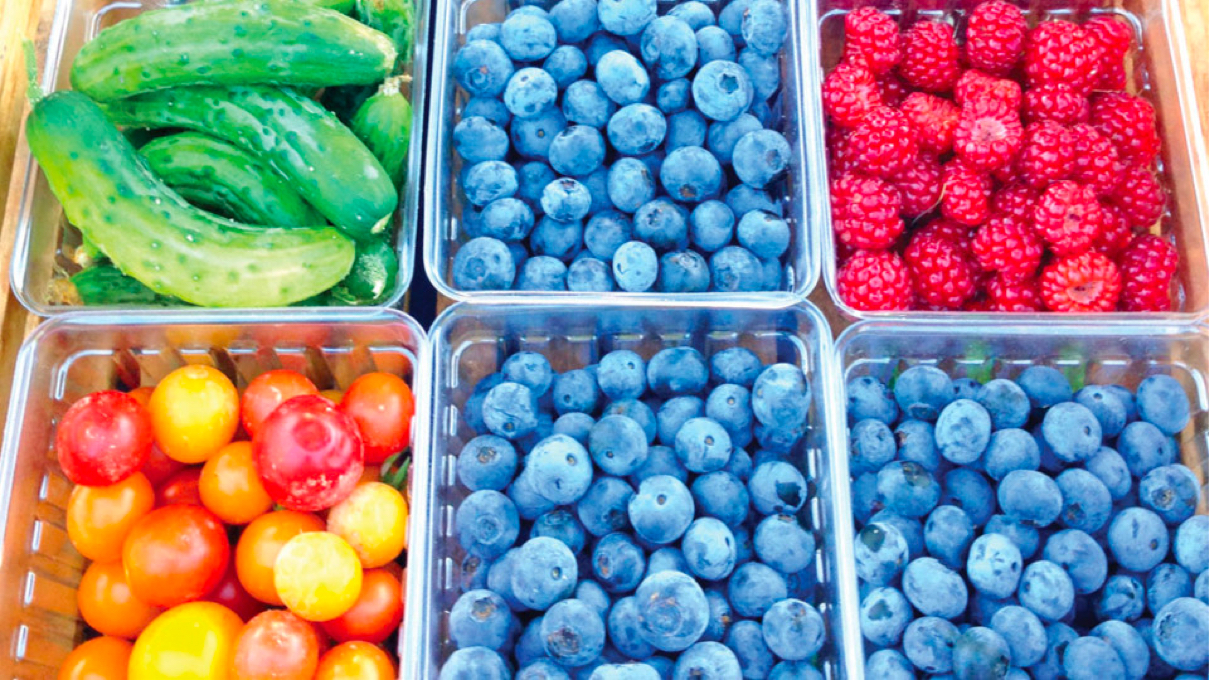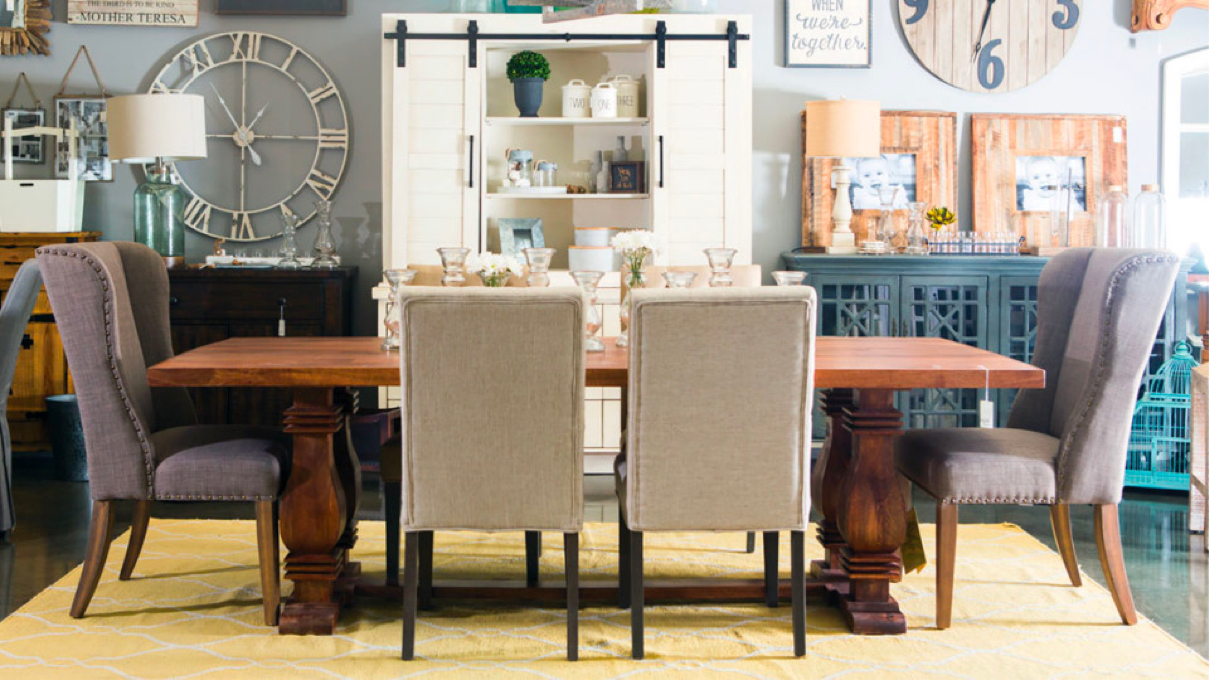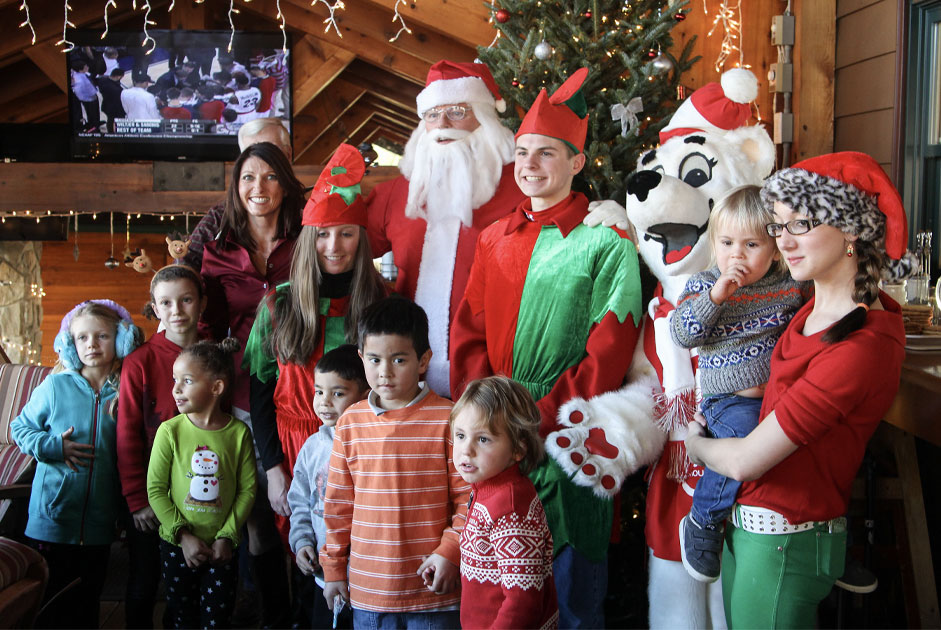Cooking with kids can be an incredibly rewarding activity, fostering both creativity and practical life skills. Getting children involved in the kitchen is a fantastic way to bond while teaching them important lessons about food, nutrition, and teamwork. Plus, kids love the hands-on experience! Whether you’re making simple snacks or trying out new recipes, Cooking with Kids is something every family can enjoy.
What age can you start cooking with kids?
Children as young as 2 or 3 years old can begin helping in the kitchen. At this age, they love mimicking adult actions and can start with small, safe tasks like washing vegetables, stirring ingredients, or sprinkling toppings. As they grow, you can increase their responsibilities based on their skills and comfort level. Preschoolers can begin cutting soft foods with a child-safe knife, while older kids might start learning basic cooking techniques. Starting early creates excitement about food and cooking, setting the foundation for healthy eating habits.
How do you involve children in cooking?
Involving children in cooking can be both fun and educational. Start by assigning them age-appropriate tasks. Younger kids can help with mixing, measuring ingredients, or decorating finished dishes. Older children can handle more complex activities like reading recipes, cracking eggs, or chopping vegetables with supervision. Make sure to praise their efforts, regardless of the outcome. Cooking together is a learning process, so expect some mess and embrace it as part of the fun. Consider setting up a cooking station just for them with their own kid-friendly tools, making it even more engaging.
At what age can a child cook unsupervised?
While every child develops at their own pace, most experts suggest that kids around the age of 10 to 12 can start cooking simple meals unsupervised. However, this varies depending on the child’s maturity and confidence in the kitchen. Always ensure they have a solid understanding of kitchen safety, including how to use appliances like the stove and oven. It’s a good idea to practice certain skills together, like handling hot pans or boiling water, before letting them cook solo. Even when they reach the age to cook unsupervised, it’s always smart to stay nearby in case they need help.
Tips for Cooking with Kids
Here are a few tips to make cooking with kids a positive experience:
- Be patient – Cooking with kids takes longer, but it’s worth the time. Wait for a day when you aren’t in a hurry.
- Start with simple recipes – Keep it easy to avoid frustration.
- Encourage creativity – Let them experiment with flavors or presentation.
- Teach kitchen safety – Explain why it’s important to follow safety rules.
- Focus on fun – It’s not about perfection but about making memories and learning together.
- Don’t get discouraged – The first time you cook with your kids they might not want to help that long. Over time they will develop more patience
Benefits of Cooking with Kids
Cooking with kids offers a wide range of benefits beyond just learning how to make a meal. First, it helps develop essential life skills, such as following instructions, measuring ingredients, and understanding the basics of food preparation. It’s also a fantastic way to improve math skills, as kids measure and count ingredients, and strengthen their reading comprehension as they follow recipes. Cooking encourages creativity, allowing children to experiment with flavors and presentation. Additionally, it promotes healthy eating habits since kids are more likely to try new foods they’ve helped prepare. Let’s be honest though, experimenting with new foods won’t happen overnight. Lastly, cooking together fosters patience, teamwork, and responsibility, while also creating special bonding moments that children will treasure as they grow.
Cooking with Kids Recipes
When it comes to easy cooking with kids, simple and tasty recipes are the way to go. Start with no-bake desserts, sandwiches, or homemade pizzas where kids can customize their toppings. Other great options include smoothie bowls, pancakes, or snack boards they can help assemble. As they get more confident, you can move on to more complex dishes like pasta, soups, or baking muffins. Keeping it fun and manageable will keep them excited about cooking.

